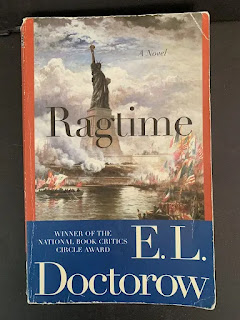For a couple of hours there, it looked like we lost Lem Barney.
Over the Thanksgiving weekend, the NFL Hall of Fame
announced Barney’s death at age 80 and published an obituary, only to follow up
a few hours later admitting that the news was unconfirmed, a false report.
 |
| Lem Barney, 1971 |
(1967 was a big year for Barney. In the off-season he was
married and also served six months of active duty in the Navy).
Barney was also a spectacular kick returner. His 61-yard
punt return against Cincinnati in 1970, a display of cunning and confidence, should
run on an endless loop in the Football Hall of Fame. A Cincinnati punt hits the
ground in front of Barney as three Bengals close in. But they can’t locate the bouncing ball and during the confusion, Barney grabs it off the ground and outraces
everyone for a touchdown.
Playing in Detroit had some advantages and in 1968, Barney
and teammate Mel Farr became friends with Marvin Gaye, who lived in a
toney Detroit suburb. The three bonded over sports and music, playing golf and
shooting hoops.
 |
| Marvin |
They’d been in the studio before as Gaye’s guests, but
they were now behind microphones contributing to the background singing and the
soul-brother speak that fades in and out of the mix: ‘Hey, brother, what’s
happening?! Solid! Right on!”
At a time when there was zero crossover between sports
and popular music – these were the days when Anita Bryant and Al Hirt provided
the halftime entertainment at Super Bowls – Barney and Farr became athletic avatars of cool.
Yet just as Barney and Farr were hanging their gold record
plaques, Gaye had another request: he wanted to try out, at age 31 and with no experience,
for the Lions.
He moved his Rolls Royce out of his garage, turned it into a gym and began an impressive training regimen, running 4-5 miles per day and lifting weights, bulking up nearly 30 pounds.
The Lions organization agreed to give Gaye a tryout;
after all, this was the team that once allowed George Plimpton to attend training camp
and play quarterback in a preseason game. Gaye looked good, but not good enough to be invited to camp.
Gaye would have one more brush with sports when he sang the national anthem before the 1983 NBA All-Star game, a remarkably cool performance of that awkwardly phrased “song” that had women in the audience swooning.
Barney would get another chance at show biz, starring as one of The Black Six (1974) a biker exploitation flick that included five other NFL bad asses.
Marvin Gaye died on April Fool’s Day, 1984, shot to death
by his father. Barney and his wife attended Gaye’s funeral. Farr passed in
2015. As of today, Lem Barney is still alive and hopefully well.




.jpg)


























